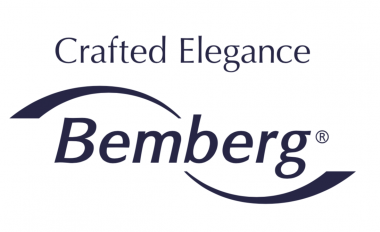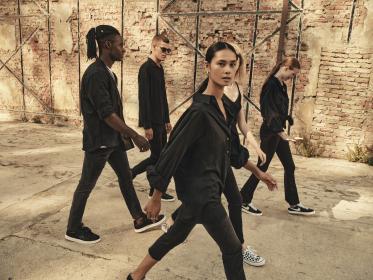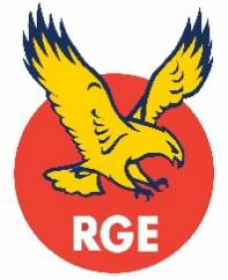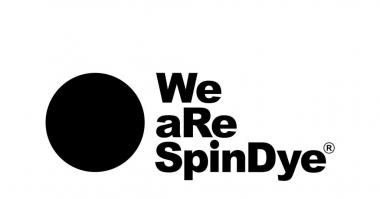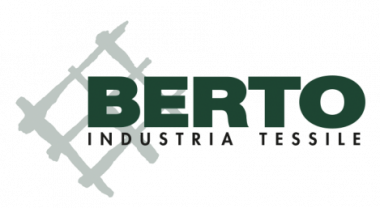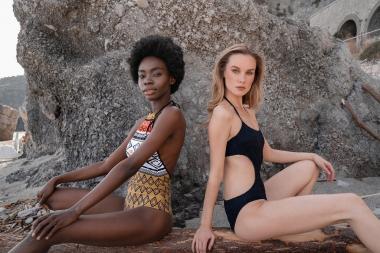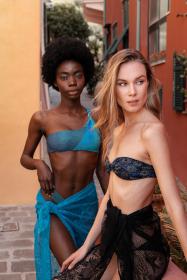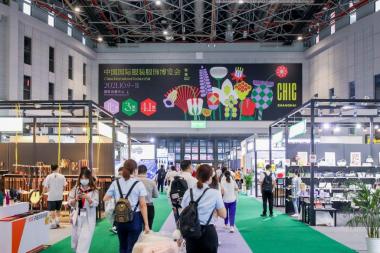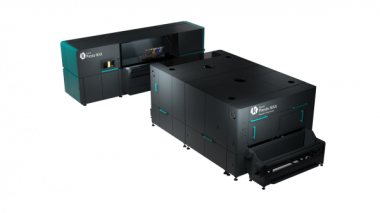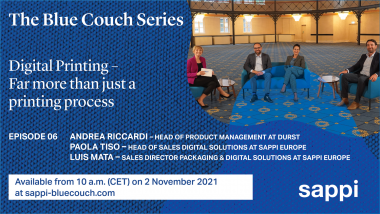Iluna Group and Maglificio Ripa announce Partnership
Iluna Group and Maglificio Ripa announce a strategic collaboration, each maintaining its own identity and independence, based on the complementarity of the proposal and the convergence of intentions for a new and more functional way of partnership.
Iluna Group, a leader in the production of smart lace, and Maglificio Ripa, internationally recognized for the production of premium and responsible jersey, both established in common sectors - from underwear to beachwear and sportswear - formally launched this collaboration during the MarediModa show in Cannes with a joint double stand where visitors could discover the latest collections of the two companies and also imagine new designs and solutions for sustainable fashion.
"We are living in a moment of strong change, from the wave of sustainability that is finally sweeping the fashion world to new market scenarios. And we are convinced that collaboration is the key to face these new challenges. In Maglificio Ripa we saw a complementary and unique partner with whom we can reach partners, customers and suppliers in a more complete way." comments Furio Annovazzi, CEO of Iluna Group. "Ours is not a union between companies but a new model of partnership, a sort of strategic symbiosis aimed at developing together new paths that can lead the both of us both to growth. Our collections, presented in the same context, can nurture the creativity of customers at a time when the stylistic contaminations are increasingly pronounced," adds Luca Bianco, CEO of Maglificio Ripa.
Furthermore, Iluna Group and Maglificio Ripa jointly created their new campaign with a photo shoot and video clip as well as jointly developed a trend scenario that allowed both companies to better embrace the evolving market by sharing information, perspectives and ideas.
GB Network







